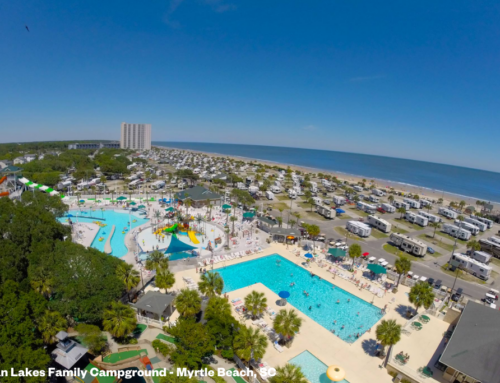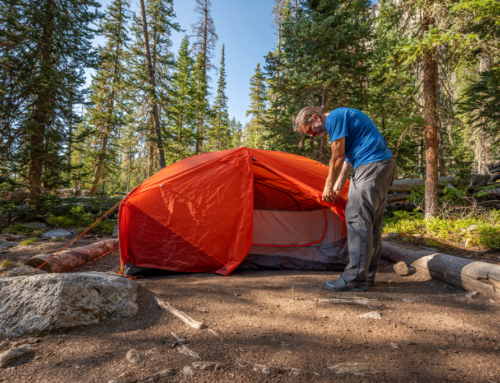GoCampingAmerica.com | Posted May 3rd,
2019
Getting Your Rig Ready for the Summer
Season
Happy Camper Blog
Your summer RV
travel plans are probably well underway, and the last thing you’ll want to
work into those plans is an unexpected repair. So we asked an expert, Tim
Hulett, for some advice on maintenance tips to keep your RV running
smoothly.
Hulett and his wife Tracy own Mohave RV Repair in Fort Mohave,
Ariz. They also own Sourdough
Campground in Tok, Alaska. Between Tim’s 26 years of
RV repair experience and five years as a campground owner, he has plenty of
RV expertise to share. Here are the tips he offered to make sure your rig is
ready for summer travel:
Check your tires. Look for signs of
weather cracking—small cracks in the sidewalls mean it is time to
replace the tire. Sometimes these cracks are just a normal sign of the tire
aging, but if they are deep enough, it can mean that it’s time to replace the
tire. Also, before you take off on any trip, be sure to check your tire
pressure.
Have your brakes adjusted. This
should be done every 3-4,000 miles as part of your routine maintenance.
Having your brakes properly maintained helps keep you and others on the road
safe, of course, but it’s also important to note that damage caused by
improperly maintained brakes can be costly.
Have your wheel bearings checked. Wheel
bearings help your wheels turn smoothly by minimizing friction, so having
worn wheel bearings can be dangerous. Be sure to have yours checked every
10,000 miles.
Change your water filters. To ensure
that your water supply is clean and pure, be sure to change your filters
every six months.
Have your roof inspected. Your roof
may be easy to overlook because of the “out of sight, out of mind”
theory. But RV roofs need to be cleaned and sealed on a regular basis. (The
frequency depends on what part of the country you live in or travel to.)
Also, plastic roof vents can become brittle over time, and if wind starts to
rattle them and causes them to shatter, you could be left with a 14-inch hole
in your roof.
Check your rig for reverse polarity.
This is a potentially dangerous or damaging situation that
occurs when a hot wire is crossed with a neutral wire. It can lead to a shock
or shock hazard. Reverse polarity can also cause a ground fault circuit
interrupter (GFCI) to shut down unexpectedly. GFCIs play an important role in
protecting people from an electric shock. They also protect wires and
receptacles from overheating and possibly starting on fire, so when they shut
down, it’s important to find the cause.
To check for reverse polarity, you can purchase a special
detector, but almost any of the newer surge protectors also check the circuit
for an open ground and open neutral and reverse polarity. In addition to
checking your rig, Hulett recommends checking the pedestal at your campground
before you hook up your RV.
He also stressed that if you detect reverse polarity or another
electrical issue, it’s important to have the repair work performed by an
experienced electrician. He’s seen cases where owners try to do their own
electrical work to save money, but in the end, it costs them twice as much to
have their work redone (due to their lack of expertise) than it would have if
they had the issue resolved by a professional in the first
place.
Once you get your rig ready for summer, you’ll have plenty of days
of happy camping ahead. Not sure where you want to head next? Use our
convenient “Find a
Park” feature to quickly find your next great camping
destination.




